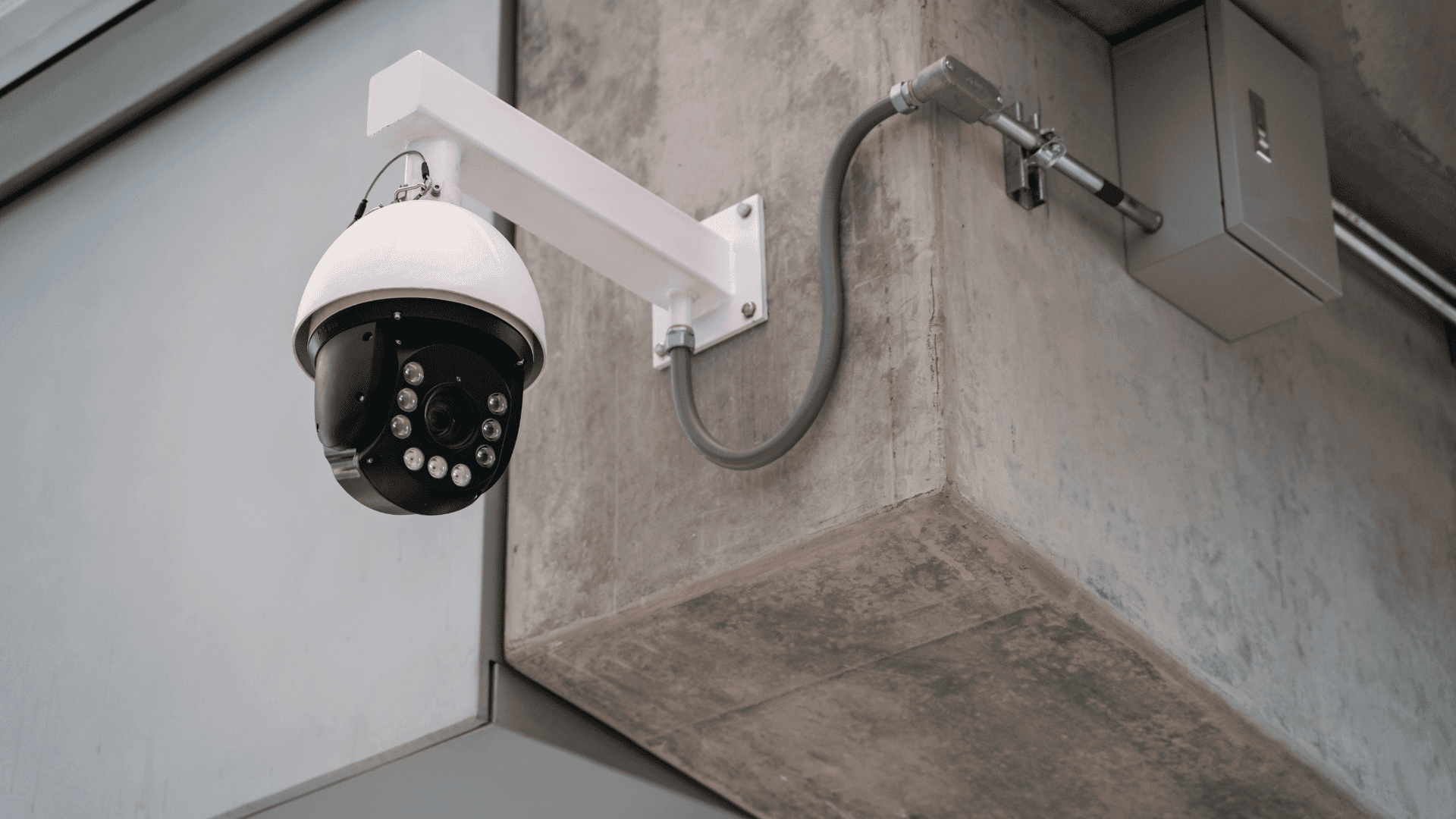In This article
Wired cameras are a foundational component of many surveillance systems. They rely on physical cables—typically coaxial or Ethernet—to transmit video signals and often to receive power. While wireless technologies have grown in popularity, wired cameras remain a preferred solution in settings where consistent uptime, uninterrupted data transfer, and high-resolution footage are essential.
There are two main types of wired security camera systems:
- Analog Wired Cameras: These use coaxial cables to send video signals to a Digital Video Recorder (DVR), where the footage is digitized, stored, and often compressed. These systems may also require a separate power cable unless they support a combined power/video cable.
- IP Wired Cameras: These transmit digital video over Ethernet cables and often use Power over Ethernet (PoE) technology, allowing the same cable to supply data and power. IP wired cameras are increasingly common due to their high-definition capabilities and support for advanced features like remote viewing, AI analytics, and event tagging.
Advantages of a Wired Camera
Wired cameras are widely used across industries that demand reliability and high-performance video capture. In retail, they provide full-time coverage of entrances, aisles, and point-of-sale stations. In hospitality and food service, they help monitor compliance with safety and cleanliness standards. Warehouses and logistics facilities depend on them to oversee loading docks, inventory areas, and secured perimeters.
There are several advantages to choosing a wired camera system:
- Stable and consistent connections, unaffected by wireless signal interference or congestion.
- High video quality, especially over Ethernet, where bandwidth can support HD or 4K feeds.
- Continuous power supply, with less risk of interruption compared to battery-operated systems.
- Lower risk of signal drop-off, making them ideal for large-scale or mission-critical surveillance setups.
- Secure data transmission, as physical connections are less vulnerable to wireless interception.
Limitations of a Wired Camera
Wired systems also have some drawbacks. Installation can be more complex and time-consuming, particularly in locations where running cables through walls or ceilings is difficult. However, once installed, the cameras are less flexible to reposition than wireless models, which can affect future layout changes or expansions.
Despite these limitations, wired cameras are often the preferred choice when long-term stability, image clarity, and 24/7 coverage are priorities. They are especially effective in larger or high-risk facilities where video surveillance is central to loss prevention, employee safety, or regulatory compliance.
Proper planning and design are key to a successful wired camera deployment. Businesses should consider cable routing, network infrastructure, storage capacity, and integration with other security or operational platforms. Pairing wired cameras with video analytics or real-time monitoring solutions can enhance their value.
Wired Cameras and DTiQ
DTiQ integrates with many wired camera vendors. Wired cameras deliver clear, uninterrupted surveillance, and VIDEOiQ offers intelligent video management tools. Whether you’re outfitting a new location or upgrading an existing system, DTiQ helps you build a network of high-quality, hardwired cameras that integrate seamlessly with your broader security and operational strategy. With the DTiQ 360iQ platform, you don’t just capture footage—you gain dependable insight that supports safer, more accountable business environments. Why not schedule a demo?





























